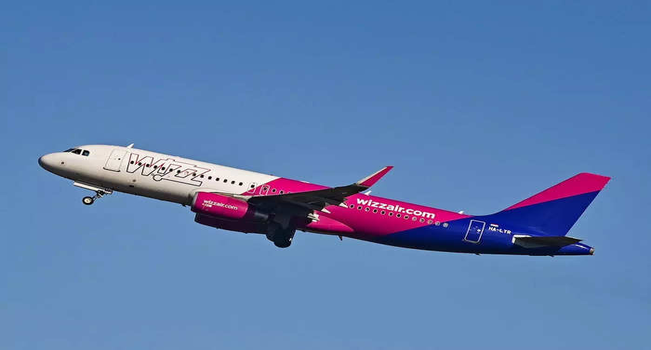LOS ANGELES—Flight tracking, data recording and connectivity links will come as standard on Leonardo’s AW09 single engine light helicopter when it enters the market in 2025.
The OEM wants to bring technologies that would normally be found on larger, more expensive rotary-wing platforms to lower cost aircraft. The aim is not only to provide its customers with a stronger support offering, but also to better understand how its fleets are operating.
The efforts are part of Leonardo group’s broader digitalization efforts.
A more detailed overview of the AW09 fleet, say engineers, will help Leonardo develop upgrades and new products more speedily and sharpen logistics for spares.
Engineers at Switzerland’s Kopter Group, the Leonardo business developing the AW09, worked with engine supplier Safran and avionics provider Garmin to create an integrated connectivity system that collects hundreds of data points from the aircraft.
Although the AW09 has no Health and Usage Monitoring System (HUMS) like those found on larger helicopters, the data generated from the aircraft can nevertheless support services such as predictive logistics and help assist technical support specialists.
“We wanted to bring state-of-the-art connectivity capabilities in order to simplify the lives of our customers in terms of accessing and exploiting the data produced by their aircraft,” said Thierry Meouchi, Kopter’s head of digital engineering, in conversation with Aerospace DAILY ahead of HAI Heli-Expo, which is taking place over Feb. 26-29 in Anaheim, California.
Garmin developed the aircraft’s connectivity system, which weighs less than a kilo. This delivers data from the AW09 as soon as it lands.
“We are bringing capabilities to a market segment that were not available before because of the weight implication, because of the costs and because of the complexity,” Meouchi said.
“Digitalization is a trend in all our lives and just as smart phones transformed our lives, there is an expectation also in this segment too.”
The system uses the principle of “least cost routing,” Meouchi said, preferring to send the aircraft data across a wireless network first before a cellular data network to save on cost.
Data will be shared with Leonardo and Safran as standard, but customers can opt out if they prefer. Leonardo has also teamed with aircraft-tracking and flight-data monitoring company Spidertracks as a tracking service provider for the AW09.
The OEM will begin to prove the system with the upcoming first flight of PS5, the pre-series production aircraft being used for flight testing and certification trials which will be equipped with the system.
“It is extremely important that this solution is part of the baseline because they allow us to cover the full fleet from the beginning,” added Alberto Clocchiatti, Leonardo’s head of helicopter digital services development.
Testing the connectivity on a prototype will allow the company to test the data chain and bring a “mature solution to the market,” said Meouchi, adding, “We really want to be ready for the entry into service.”
Owners of the aircraft will receive basic data services for the aircraft for free. More advanced services—such as deeper analysis on aircraft usage, fuel consumption and aircraft optimization—will be charged for.
Services are accessed through applications accessible on smartphones or tablet computers. An aircraft dashboard provides key information on customer aircraft. According to the reports published in aviationweek.com .
The company has also provided additional ports for customers to fit their own third-party connectivity system to their aircraft. Such systems could include those that enable the transfer of patient data to hospitals when the aircraft is being used in the emergency medical service mission role.

































